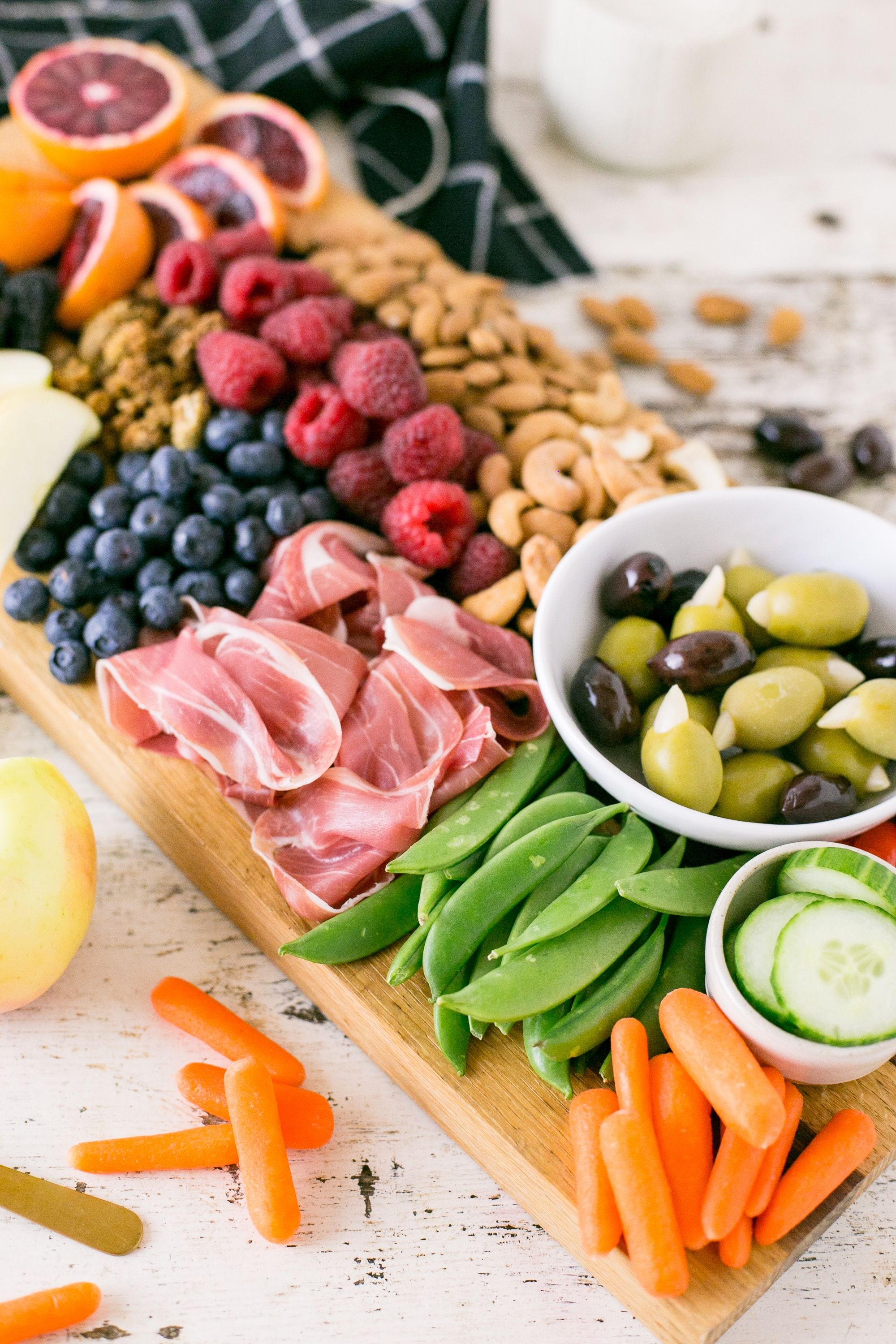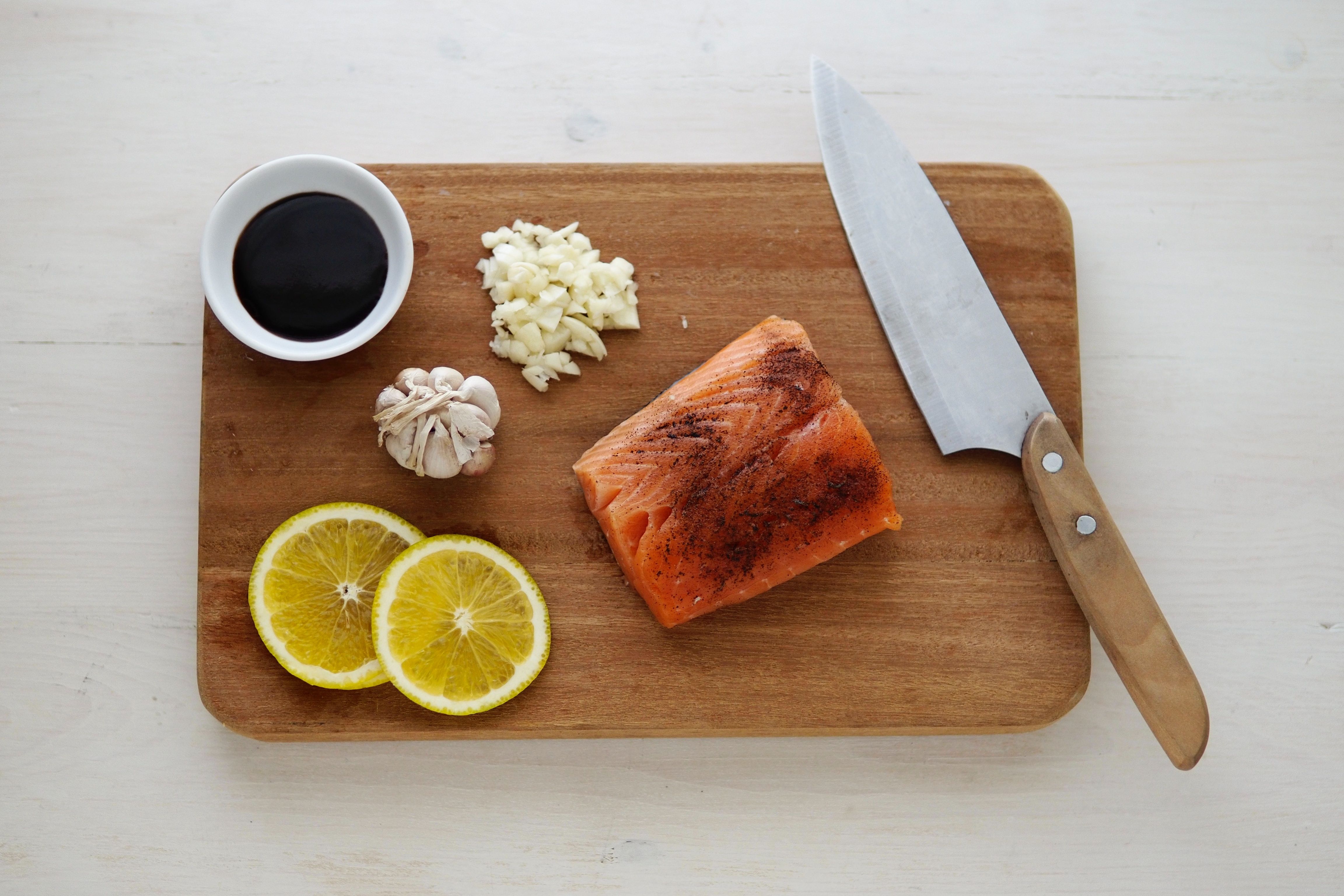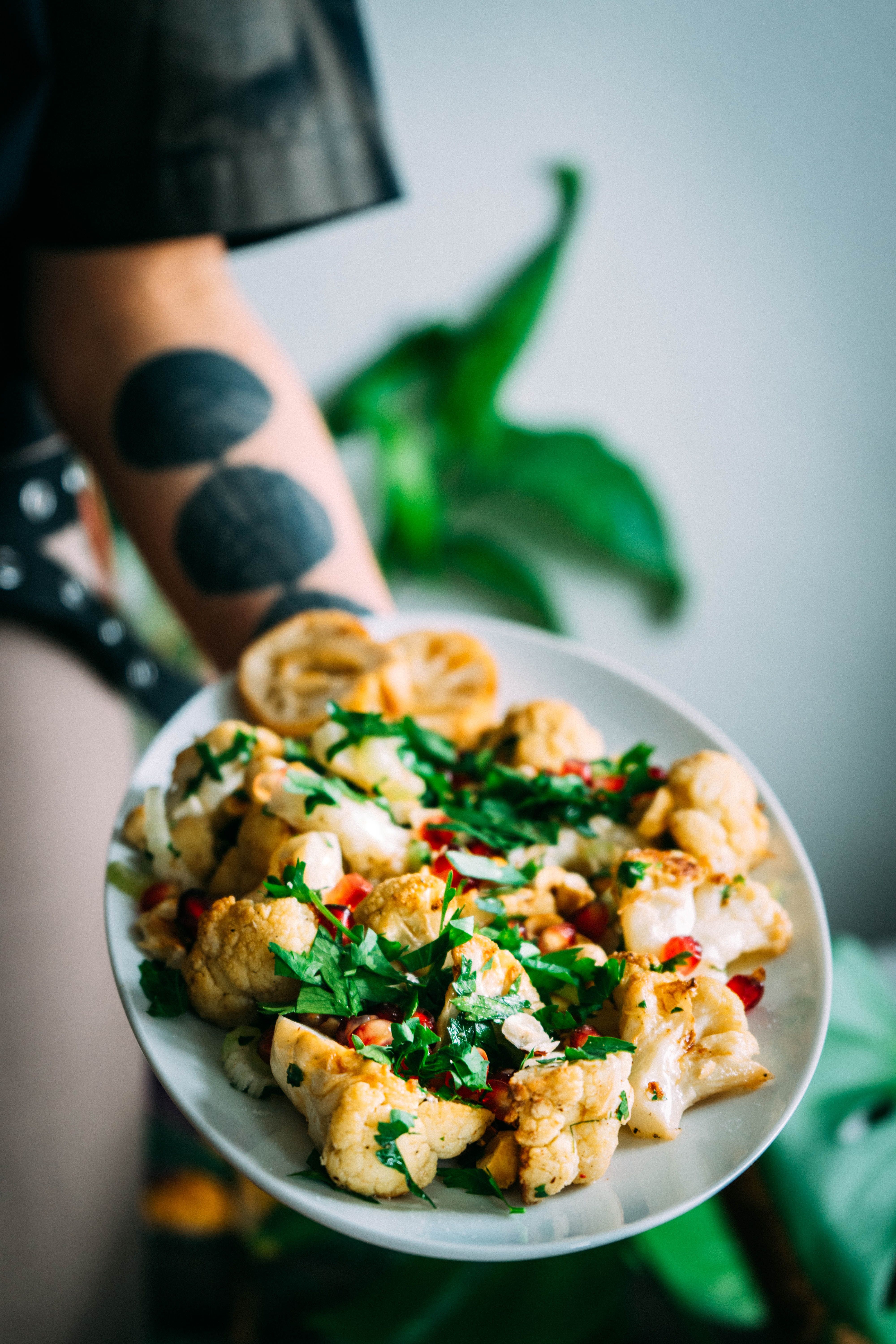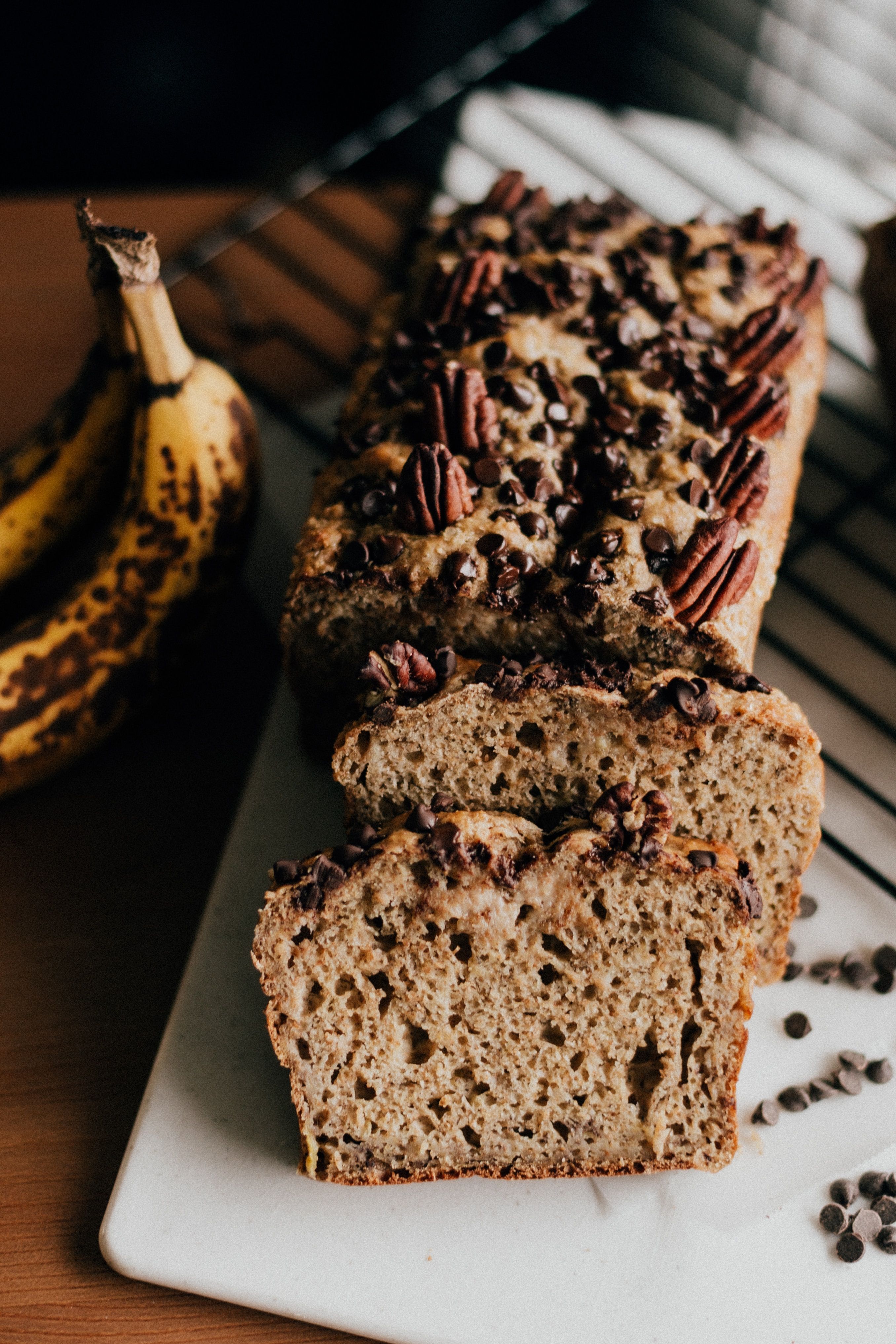The Paleo Diet: A Guide and Recipes



The Paleo Diet, a nutritional strategy that resembles the eating patterns of our prehistoric predecessors, has grown significantly in favor in recent years. The Paleo Diet, sometimes referred to as the "caveman" or "Stone Age" diet, is based on the belief that we should consume foods that our hunter-gatherer ancestors would have eaten between 2.5 million and 10,000 years ago, during the Paleolithic era. This diet promotes general health and wellbeing by taking a more natural and nutritious approach to nourishment. The principles, benefits, potential drawbacks, and actual application of the Paleo meals will all be covered in this article.

The Principles of the Paleo Diet:
The Paleo Diet is based on the idea that current industrial and agricultural methods have dramatically changed our diets and contributed to the rise in chronic illnesses. Diet advocates claim that by adopting our ancestors' dietary habits, we may enhance our health and vitality. The Paleo Diet's core principles include the following:
Focus on Whole Foods:
Whole, unprocessed foods such lean meats, seafood, fruits, vegetables, nuts, and seeds are prioritized in the diet. These nutrient-rich meals supply necessary vitamins, minerals, and antioxidants.
Elimination of Processed Foods:
The Paleo diet rigorously forbids processed foods, which are frequently heavy in harmful fats, refined sugars, and additives. This includes processed oils, refined cereals, and sugary snacks.
Exclude Grains and Legumes:
Due to their possible anti-nutrient content, notably phytates and lectins, which can hinder nutrient absorption, grains (such as wheat, rice, oats) and legumes (such as beans, lentils, and peanuts) are foods not allowed on Paleo.
No Dairy:
Milk, cheese, and yogurt are examples of dairy products that are not permitted on the Paleo diet food list. This is predicated on the notion that prior to the development of agriculture and animal domestication, people did not consume dairy.
Healthy Fats:
While avoiding trans fats and excessive omega-6 fatty acids, the Paleo diet promotes the use of good fats such those in avocados, almonds, olive oil, and coconut oil.

Potential Benefits of the Paleo Diet:
Weight Loss:
Due to its emphasis on whole, nutrient-dense meals and decreased intake of processed and calorie-dense foods, the Paleo diet is frequently linked to weight loss.
Improved Blood Sugar Regulation:
The Paleo diet may help stabilize blood sugar levels by cutting out refined sugars and emphasizing low-glycemic index foods, perhaps helping those with type 2 diabetes or insulin resistance.
Enhanced Nutrient Intake:
A wealth of vital nutrients, vitamins, and minerals are made available thanks to the emphasis on fresh fruits, vegetables, and animal proteins.
Increased Protein Intake:
The Paleo diet often has increased protein intake, which can help with metabolic support, satiety, and muscle maintenance.
Anti Inflammatory Diet:
Some supporters of the Paleo eating style assert that by staying away from items like grains and processed foods, which can cause inflammation, the diet may help lessen the health problems brought on by inflammation.
Potential Drawbacks and Considerations:
Although supporters of the Paleo Diet have praised it, it is important to take into account any potential downsides and restrictions:
Nutrient Imbalance: If not well managed, removing whole food categories like grains and legumes might result in nutritional imbalances.
Practicality and Cost: Some people may find the Paleo diet difficult to maintain because of its stringent requirements and probable increased expense because organic and grass-fed animal items might be more expensive.
Lack of Long-term Studies: There aren't many long-term research on the effects of the Paleo diet, so it's challenging to determine how safe and effective it is over the long run.
Personalization: Individual reactions to the Paleo Diet might vary, and not everyone will benefit from the same nutritional strategy.
Here are three delicious and easy Paleo recipes for baking at home that showcase the principles of the diet:
Baked Lemon Herb Salmon:

Ingredients:
- 4 salmon fillets (wild-caught if possible)
- 2 tablespoons olive oil
- 2 tablespoons fresh lemon juice
- 2 cloves garlic, minced
- 1 teaspoon dried oregano
- 1 teaspoon dried thyme
- 1 teaspoon dried rosemary
- Salt and black pepper to taste
- Lemon slices for garnish
- Fresh parsley, chopped, for garnish
Instructions:
Preheat your oven to 375°F (190°C) and line a baking sheet with parchment paper.
In a small bowl, whisk together the olive oil, lemon juice, minced garlic, oregano, thyme, rosemary, salt, and black pepper.
Place the salmon fillets on the prepared baking sheet and brush each fillet with the lemon herb mixture, ensuring they are evenly coated.
Arrange lemon slices on top of each fillet for extra flavor.
Bake in the preheated oven for 12-15 minutes or until the salmon is cooked through and flakes easily with a fork.
Garnish with fresh chopped parsley before serving.
Cauliflower Fried Rice:

Ingredients:
- 1 medium cauliflower head, grated or finely chopped
- 2 tablespoons coconut oil
- 1 small onion, finely chopped
- 2 cloves garlic, minced
- 1 cup mixed vegetables (e.g., carrots, bell peppers, peas)
- 2 tablespoons coconut aminos (a Paleo-friendly soy sauce alternative)
- 2 eggs, beaten (optional for added protein)
- Salt and black pepper to taste
- Green onions, chopped, for garnish
Instructions:
In a large skillet or wok, heat the coconut oil over medium-high heat.
Add the chopped onion and garlic, sauté until fragrant and translucent.
Add the mixed vegetables and cook for a few minutes until they start to soften.
Push the vegetables to one side of the skillet, and on the other side, add the beaten eggs (if using). Scramble the eggs until cooked, then mix them with the vegetables.
Add the grated cauliflower to the skillet and stir to combine with the other ingredients.
Pour the coconut aminos over the cauliflower mixture, stirring continuously to distribute the flavors evenly.
Cook for another 5-7 minutes until the cauliflower is tender but not mushy.
Season with salt and black pepper to taste.
Garnish with chopped green onions before serving.
Paleo Banana Almond Muffins:

Ingredients:
- 3 ripe bananas, mashed
- 3 large eggs
- 1/4 cup almond butter
- 1 teaspoon vanilla extract
- 1/4 cup coconut flour
- 1 teaspoon baking powder
- 1/2 teaspoon ground cinnamon
- Pinch of salt
- 1/4 cup chopped almonds or walnuts (optional)
Instructions:
Preheat your oven to 350°F (175°C) and line a muffin tin with paper liners.
In a large mixing bowl, combine the mashed bananas, eggs, almond butter, and vanilla extract until well combined.
In a separate bowl, mix together the coconut flour, baking powder, ground cinnamon, and salt.
Gradually add the dry ingredients to the wet ingredients, stirring until a smooth batter forms.
If desired, fold in the chopped almonds or walnuts for added texture and flavor.
Divide the batter evenly among the prepared muffin cups, filling each one about 3/4 full.
Bake in the preheated oven for 18-20 minutes or until a toothpick inserted into the center of a muffin comes out clean.
Allow the muffins to cool in the tin for a few minutes before transferring them to a wire rack to cool completely.
To keep you full in between meals, try these simple and delectable Paleo protein snacks:
Apple Slices with Almond Butter:
Cut a fresh apple into thin wedges and serve with raw almond butter on the side. It is a filling and healthy snack because to the sweet and creamy mix.
Veggie Sticks with Guacamole:
To create guacamole, mash ripe avocados and combine with chopped tomatoes, onions, lime juice, cilantro, salt, and pepper. For a crisp and tasty snack, combine with bell pepper strips, carrot sticks, and cucumber slices.
Beef Jerky:
Pick beef jerky prepared from grass-fed beef that hasn't had any sugar or preservatives added. It's an easy to carry, high protein snack for when you're on the run.
Hard-boiled Eggs:
Hard-boiled eggs are an easy and wholesome snack. To give them more taste, season with a little salt and pepper.
With a focus on whole, unprocessed foods and a ban on grains, legumes, and dairy, the Paleo Diet aims to bring our eating habits more in line with those of our prehistoric ancestors. Although this diet has received acclaim for its possible health advantages, such as weight loss, better blood sugar control, and higher nutritional consumption, it is important to approach it cautiously and get expert counsel if you're thinking about adopting it. As with any diet, moderation and individualization are essential components to obtaining optimum health and wellbeing.

